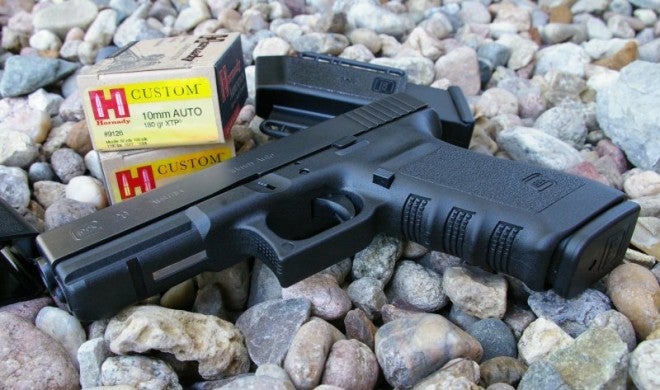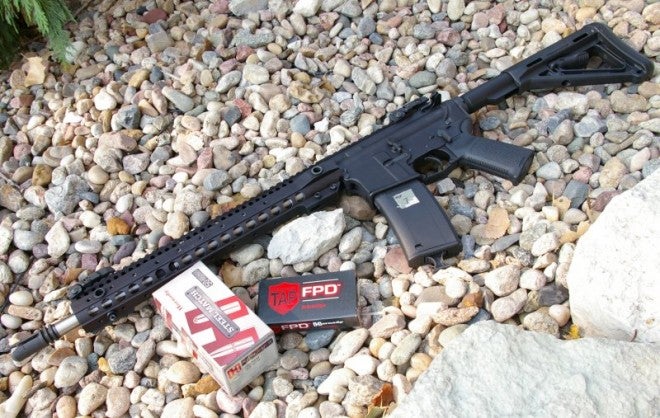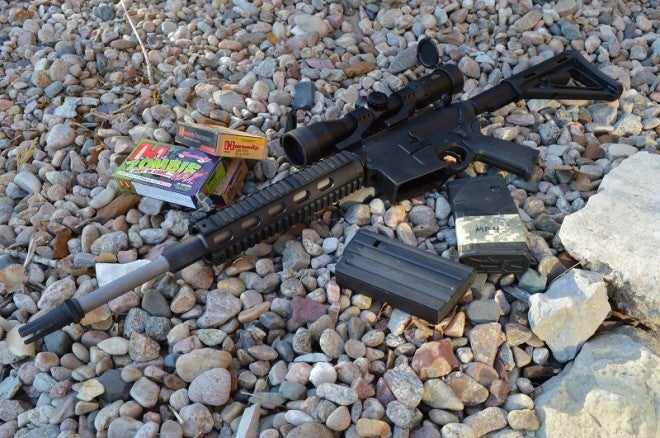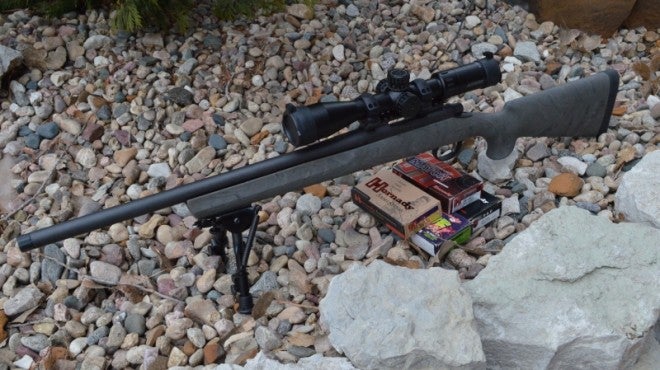My Safe Has Better Guns Than Star Wars
Major Pandemic 07.26.16
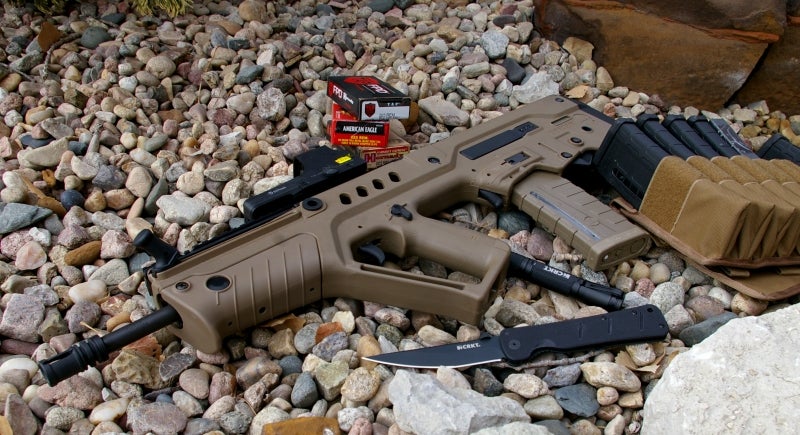
When my family and I watched the entire Star Wars series in high definition, we realized that unfortunately some of the props were not created to look good in high def. Star Wars was way cooler back when was released, but even as a young gunslinger I was confused as to why a “highly trained” army of clone soldiers were such bad shots and rarely (if ever) used cover.
In a world of Star Wars computer technology, why the heck is every gun 1) humanoid targeted, 2) must be fired exclusively from the hip, and 3) apparently made to such horrible standards that it has less accuracy potential than a slingshot?
Judging from the alleged intense training of Jango Fett and the DNA lineage of the Empire’s Clone Army, one can only assume that the guns are at fault. On the other hand the Rebellion handgun, carbine, and rifle blasters don’t seem much better, with accuracy only marginally better than a kid throwing rocks at windows.
Accuracy seems a little finicky. If Luke needs to shoot out a tiny blast door panel 75 yards across the shooting stage, he does it in one shot–but if he needs to pick off Clones standing 10 feet from him offering perfect frontal shots, he has to “spray and pray,” and he misses over and over.
The logical assumption is that all these shooters are well-trained, so the only logical conclusion is that the weapons themselves are garbage from a power and accuracy perspective. Watch any scene in any Star Wars movie, and you will be appalled at the hit ratio at even sub-seven-yard ranges. I didn’t get all nerdy and count shots, but the average hit ratio between either side with personnel-carried arms has to be close to 10%-20%.
That hit ratio is close to the U.S. military average hit ratios on 300-yard targets, but the distances of the typical Empire/Rebellion engagement appears to be at less than 50 yards. Keep in mind that the average Star Wars blaster is shooting an energy pulse (aka laser), which should be stunningly accurate considering there are no issues with rifling, bullet spin dynamics, wind deflection, etc.
The Blaster produces an laser blast which should, based on current laws of physics, have perfect zero-MOA accuracy at any range with no hold-over required. The only logical explanation is that the optical laser blast delivery lens system on every blaster is loose on every gun in the galaxy, which causes erratic accuracy.
I would blame the accuracy on the optics, but it seems that actually aiming a weapon is against the Galactic War Convention and shots can only be taken via a modified 1970s Spaghetti Western shoot-from-the-hip style.
Also amazing to me: None of the Star Wars weapons have anywhere close to the same firepower as a minigun or even full-auto fire like a standard Military M4 has. Even worse is the rate of fire the average blaster is able to produce, which seems to be about 60 rounds a minute at best.
If you had a 100-round blaster, wouldn’t you be doing your best imitation of Jerry Miculek to rain suppressive fire upon the clone soldiers standing without cover attacking you? So rate of fire I suppose was limited as well with the Star Wars blasters.
Logically, none of the Star Wars weapons make sense to me. I can drop a LaserLyte 9mm Laser Training insert in my H&K P30L and get more accuracy with a higher rate of fire than any weapon I saw on Star Wars.
The weight of the blaster appears to be about the same as you average-sized earth firearms, so why do these blasters suck so much?
Based on the impact take-outs of hero/anti-hero clone soldiers by Wookies, wrenches, and other hard objects throughout the movie series, we can only assume that the armor of the clones would be easily defeated by any modern firearm round.
Let’s contrast this with a few excellent firearms in my inventory which all have 1″ or better accuracy at 100 yards. My Remington 700 SPS 308 could have delivered one-shot kills of surface drones and random Clone soldiers out to 1000 yards. The semi-automatic DPMS GII 308 offers 20-50 round magazine-driven options for a lot of takedown power at a high rate of fire even in semi-auto.
From a troop-issued carbine/rifle perspective, my BPM Barnes Precision Machine AR and futuristic IWI Tavor appear to be amazingly advanced firearms with exponentially higher rates of fire, similar or greater power, and better accuracy with about the same weight. Bonus: they can even be aimed at targets, which the Star Wars Blasters were not particularly well-suited for.
If we look at the hip-carried Star Wars pistol blaster, the Glock 20 in 10mm would be a hands-down winner. In a couple scenes I thought I saw Han Solo having to do double taps on a Clone or two. Conversely, the FBI has deemed the 10mm to be nearly magical, so I hardly doubt any handheld blaster could equal the 10mm power. I mean the FBI says so.
And let’s not even get into the topic of body armor and camouflage. What is the purpose of bright hard plastic that makes a ton of racket every time you move, inhibits mobility, and apparently offers nothing in the way of protection? I am pretty sure the clone army would have been better-served to run around buck naked or in one of those creepy unitard suits with just a blaster in hand.
Final Thoughts
Admittedly I am a Sci-Fi nerd. I love this stuff, but I found myself screaming all the shooting fundamentals at the screen this time around. It is actually a wonder with all the muzzle sweeps and finger-on-trigger gun handling that no one was accidentally shot in each scene. The bottom line is this: I feel well-armed, even by the advanced standard of Star Wars (although I do not have a Millenium Falcon to–usually–make the jump to hyperspace).
This article is what happens when you watch Star Wars after three glasses of Scotch, but I hope you enjoyed the comparison.
